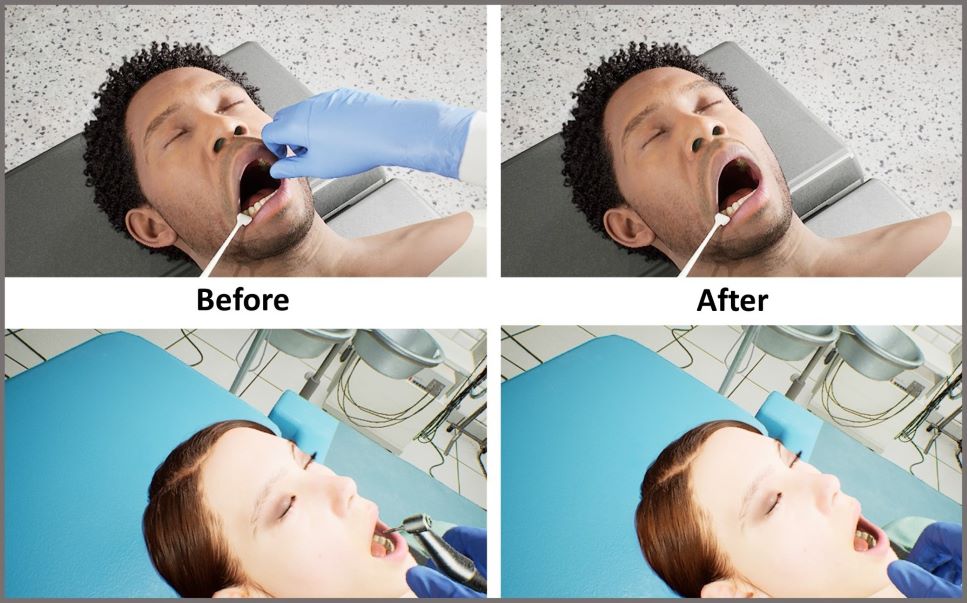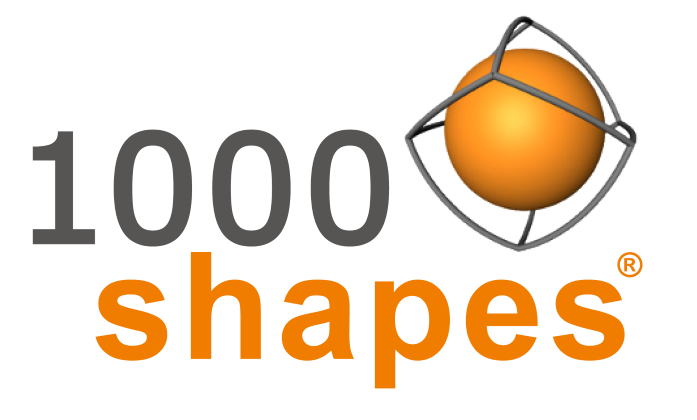DREAMING Challenge
Diminished Reality for Emerging Applications
in Medicine through Inpainting
in Medicine through Inpainting

DEADLINE EXTENDED! Paper draft submission 18th April, author notification 27th April, and camera-ready papers are due 30th April.
Click here to participate via Grand Challenge!
Motivation
While Augmented Reality (AR) is extensively studied in medicine, it represents just one possibility for modifying the real environment. Other forms of Mediated Reality (MR) remain largely unexplored in the medical domain. Diminished Reality (DR) is such a modality. DR refers to the removal of real objects from the environment by virtually replacing them with their background [1]. Combined with AR, powerful MR environments can be created. Although of interest within the broader computer vision and graphics community, DR is not yet widely adopted in medicine [2]. However, DR holds huge potential in medical applications. For example, where constraints on space and intra-operative visibility exist, and the surgeons’ view of the patient is further obstructed by disruptive medical instruments or personnel [3], DR methods can provide the surgeon with an unobstructed view of the operation site. Recently, advancements in deep learning have paved the way for real-time DR applications, offering impressive imaging quality without the need for prior knowledge about the current scene [4]. Specifically, deep inpainting methods stand out as the most promising direction for DR [5, 6, 7].
We invite students, academia, enthusiasts, and companies to join our innovative challenge. Feel free to contact us today to if you have any question.
Template for submission via docker code on Github code.
Or checkout the baseline paper: van Meegdenburg T, Luijten G, Kleesiek J, Puladi B, Ferreira A, Egger J, et al. A Baseline Solution for the ISBI 2024 DREAMING Challenge. In: Proceedings of the IEEE International Symposium on Biomedical Imaging (ISBI) 2024
Winners 2024 at ISBI
Best paper Li P, Liu L, Schonlieb CB, Aviles-Rivero AI. Optimised ProPainter for Video Diminished Reality Inpainting. In: Proceedings of the IEEE International Symposium on Biomedical Imaging (ISBI) 2024.
best method Wu ZJ, Seshimo R, Saito H, Isogawa M. Divide and Conquer: Video Inpainting for Diminished Reality in Low-Resource Settings. In: Proceedings of the IEEE International Symposium on Biomedical Imaging (ISBI) 2024.
Challenge Task
The DREAMING challenge focuses on implementing inpainting-based DR methods in oral and maxillofacial surgery. Algorithms shall fill regions of interest concealed by disruptive objects with a plausible background, such as the patient’s face and its surroundings. The facial region is particularly interesting for medical DR, due to its complex anatomy and variety through age, gender and ethnicity. Therefore, we will provide a dataset consisting of synthetic, but photorealistic, surgery scenes focusing on patient faces, with obstructions from medical instruments and hands holding them. These scenes are generated by rendering highly realistic humans together with 3D-scanned medical instruments in a simulated operating room (OR) setting.
Docker submission template Github example code.

How to Participate
Challenge registration, submissions and evaluation will be organized via the grand-challenge.org platform. Challenge participants will be able to submit their algorithms as Docker containers. More information will follow soon! The DREAMING challenge will be held in conjunction with the ISBI 2024 conference on the 27th of May in Athens.
Participants who submit a valid paper describing their algorithm will have the opportunity to present their work as a poster or oral at the conference, and their papers will be part of the ISBI proceedings.
Challenge Summary Paper!
We plan to publish a challenge summary paper after the challenge in a top-tier journal. Challenge participants will be invited as co-authors.
Best paper & best submissions will receive award certificates and monetary awards sponsored by 1000shapes!
Challenge Timeline
DEADLINE EXTENDED!
- Paper draft submission 18th April (instead of 6th).
- Author notification 27th April (instead of 20th).
- Camera-ready papers are due 30th April (instead of 27th)
8th January 2024:
Initiation of challenge.
First subset of training & validation data available.
22nd January 2024:
Second subset of training & validation data available.
26th January 2024:
Full training & validation data available.
29th January 2024:
Challenge platform available on grand-challenge.org.
Method evaluation opens.
6th April 2024:
Paper submission deadline.
20th April 2024:
Notifications of paper reviews.
27th April 2024:
Camera-ready paper submission deadline; Method evaluation closes.
6th May 2024:
Final notifications (poster vs oral).
27th May 2024:
Conference – Announcement of winners.
All deadlines are 23:59 Pacific Time!
Dataset
The most recent DREAMING dataset can be found on Zenodo: dataset link
The full training dataset, containing 100 scenes, is now available!
Contact
References
References
Mori, S., Ikeda, S., & Saito, H. (2017). A survey of diminished reality: Techniques for visually concealing, eliminating, and seeing through real objects. IPSJ Transactions on Computer Vision and Applications, 9(1), 1-14. Article
Ienaga, N., Bork, F., Meerits, S., Mori, S., Fallavollita, P., Navab, N., & Saito, H. (2016, September). First deployment of diminished reality for anatomy education. In ISMAR-Adjunct (pp. 294-296). IEEE. Article
Egger, J., & Chen, X. (Eds.). (2021). Computer-Aided Oral and Maxillofacial Surgery: Developments, Applications, and Future Perspectives. Academic Press. Book
Gsaxner, C., Mori, S., Schmalstieg, D., Egger, J., Paar, G., Bailer, W. & Kalkofen, D. (2023). DeepDR: Deep Structure-Aware RGB-D Inpainting for Diminished Reality. arXiv preprint arXiv: 2312.00532. Preprint
Pathak, D., Krahenbuhl, P., Donahue, J., Darrell, T., & Efros, A. A. (2016). Context encoders: Feature learning by inpainting. In CVPR (pp. 2536-2544). Article
Yu, J., Lin, Z., Yang, J., Shen, X., Lu, X., & Huang, T. S. (2019). Free-form image inpainting with gated convolution. In ICCV (pp. 4471-4480). Article
Kim, D., Woo, S., Lee, J. Y., & Kweon, I. S. (2019). Deep video inpainting. In CVPR (pp. 5792-5801). Article



